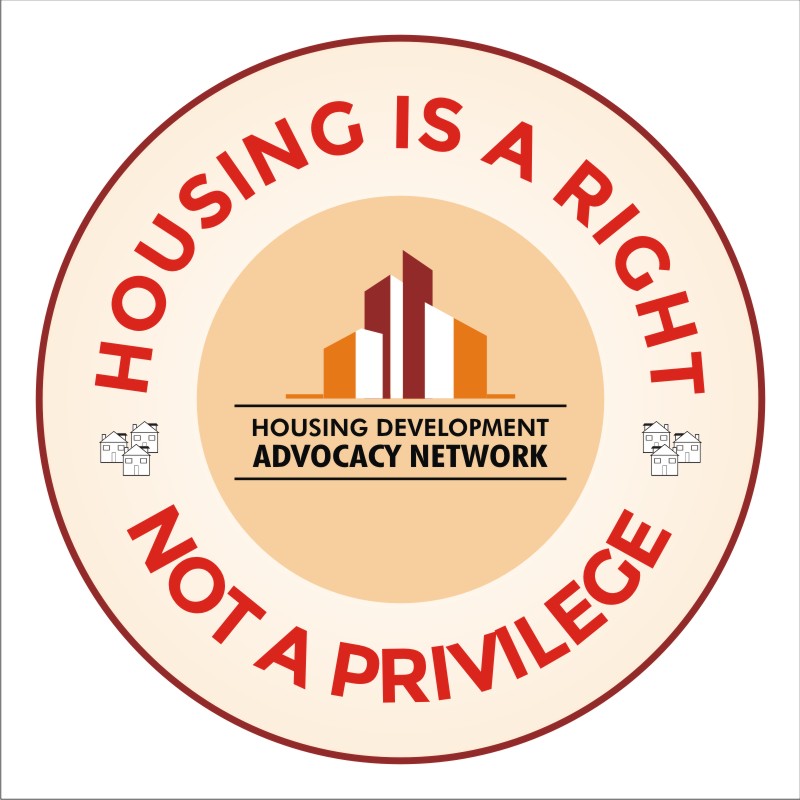When it comes to renting industrial residential or commercial properties, comprehending the intricacies of rent structures is vital for both renters and landlords. Commercial lease structures lay out the monetary contracts between these parties, supplying a detailed structure for the service occupancy contract. In this blog post, we will delve into the various components of commercial lease structures, shedding light on the details that guarantee a clear and transparent lease management procedure.

Base Rent: The Foundation of Commercial Rent Structures

At the core of every industrial rent structure lies the base rent. This is the fixed amount that renters pay to occupy the leased area. The base lease can be determined through various metrics, such as per square foot, per seat, or a percentage of the total revenue produced by the business. It is generally determined every year, and regular rent increases may be consisted of in the lease agreement.
The base rent covers the fundamental expense of renting the area and is usually worked out based on elements like place, market demand, and the condition of the residential or commercial property. It is vital for renters to comprehend the base rent and its computations to guarantee they are getting a reasonable offer.
Operating Expenses: Sharing the Burden
Apart from the base rent, commercial occupants are often responsible for a part of the operating costs associated with the residential or commercial property. These costs can consist of upkeep and repair work, residential or commercial property taxes, insurance premiums, energies, and typical location charges.
The allotment of business expenses can vary depending upon the lease contract. Sometimes, occupants pay a fixed portion based upon their occupied location, while others may need renters to cover a portion of the residential or commercial property's overall costs. It is vital for tenants to carefully examine the lease arrangement and comprehend how these costs are computed and shared.
Understanding the CAM (Common Area Maintenance)
Many commercial lease arrangements consist of arrangements for Common Area Maintenance (CAM) charges. CAM charges cover the costs connected with maintaining common areas of the managed residential or commercial property shared by all occupants, such as lobbies, hallways, toilets, escalators, and elevators.
Under an occupant's professional rata share, the CAM expenses like utility expenses, electricity costs, and upkeep expenses are distributed amongst occupants based on the in proportion size of their rented area. CAM charges are usually divided among all tenants based upon their leased area's proportional share. The lease arrangement should plainly describe the CAM charges and how they are computed. Tenants need to evaluate the lease agreement thoroughly to comprehend their contribution to CAM charges and guarantee openness in the allocation.
Additional Costs: Beyond Base Rent and Business Expenses
In many cases, industrial rent structures might consist of extra expenses beyond the base rent and business expenses. These additional expenses can be in the kind of parking costs, signs costs, maintenance reserves, or residential or commercial property enhancement expenses. These expenses are normally specific to the tenant's requirements or the residential or commercial property's distinct features.
Understanding the details of extra costs is vital for both tenants and property managers. Tenants ought to be aware of any surcharges pointed out in the lease agreement and carefully evaluate their financial ramifications. Landlords, on the other hand, need to plainly communicate these costs to renters and make sure openness in their estimation and collection.
Lease Terms: The Duration of Occupancy
Lease terms are another necessary aspect of industrial lease structures. The lease term refers to the duration for which the occupant has the right to occupy the rented space. Lease terms can vary widely, ranging from a couple of months to numerous years, depending on the requirements of both the renter and the landlord.
It is essential for occupants to thoroughly assess the lease term and consider aspects such as service development projections, market conditions, and flexibility requirements. Similarly, proprietors must stabilize the lease term with their long-lasting investment objectives and job dangers.
Lease Types: Common Commercial Lease Agreements
When delving into the varied landscape of commercial lease agreements, it's important to comprehend the numerous lease types that define the terms of occupancy. Common commercial lease arrangements consist of gross leases (likewise known as Complete Lease), net leases, and modified gross leases.
Familiarizing oneself with these lease types is important for both proprietors and occupants to make educated choices lining up with their monetary goals and operational requirements.
Gross Lease -
- Tenant pays a repaired, all-encompassing rent quantity to the property owner.
- Landlord is accountable for covering all operating expenditures, consisting of residential or commercial property taxes, insurance, and maintenance expenses.
- Provides simplicity for occupants as they have a foreseeable, set rental amount.
- Allows tenants to spending plan more quickly without the varying expenses associated with residential or commercial property ownership and maintenance.
Net leases -
- Tenant pays a base lease together with additional, specified business expenses connected with the residential or commercial property.
- Operating costs normally consist of residential or commercial property taxes, insurance coverage premiums, and upkeep costs.
Net leases, on the other hand, disperse specific costs like residential or commercial property taxes, insurance, and maintenance straight to the renter, supplying transparency however requiring an in-depth understanding of additional expenses. There are numerous types of net leases, consisting of Single Net (SN), Double Net (NN), and Triple Net (NNN), each defining which operating expenses the occupant is accountable for.
Single Net Lease -
- Tenant pays the base lease together with one of the residential or commercial property's operating costs, usually residential or commercial property taxes.
- Landlord usually covers other operating costs like insurance and upkeep.
Double Net Lease -
- Tenant is responsible for paying both residential or commercial property taxes and insurance coverage premiums, in addition to the base lease.
- Landlord usually covers maintenance expenses and other functional expenditures.
Triple Net Lease (NNN lease) -
- Tenant is accountable for paying all three major business expenses: residential or commercial property taxes, insurance coverage, and upkeep costs, in addition to the base lease.
- Landlord normally has fewer financial responsibilities associated with the residential or commercial property.
- Provides optimal transparency and control over operating costs for the renter however also positions a greater level of financial problem on them.
Modified Gross Lease -
- Tenant pays a base lease amount, similar to a gross lease, covering some operating costs.
- Operating costs covered by the occupant are worked out and defined in the lease arrangement, frequently leaving out significant structural repair work or capital investment.
- Landlord typically remains responsible for certain operating expenses, such as residential or commercial property taxes, insurance coverage, and typical area upkeep.
- Offers a middle ground between a gross lease and a triple net lease, supplying some cost-sharing flexibility.
Ground Leases -
- It includes renting only the land without any structures or structures on it.
- The property manager retains ownership of the land while approving the renter the right to utilize it for a specified duration.
- Typically, the renter is accountable for developing, building, and preserving any buildings or improvements on the leased land.
- Commonly utilized for long-term dedications, typically spanning numerous decades.
- It supplies versatility for the proprietor to earn income from the land without offering it outright.
Percentage Rent Lease -
- In a portion lease, the renter pays a base lease plus a percentage of their gross sales or profits produced from the service operations.
- Typically used in retail settings, such as mall or prime retail areas, where the success of the organization is carefully connected to the residential or commercial property's foot traffic and overall industrial activity.
Various lease types, each influencing the circulation of expenditures between property owners and renters. A gross lease puts the onus of building expenditures and running expenses directly on the proprietor's shoulders, supplying tenants with an uncomplicated, set lease amount.
On the other hand, net leases, classified as single, double, or triple, present variable expenses by appointing particular expense categories to renters, including residential or commercial property taxes, insurance, and maintenance. A modified gross lease strikes a balance, permitting shared responsibility for particular variable expenses while maintaining the simpleness of a fixed base rent.
Ground leases, especially common in the advancement of commercial spaces, involve tenants bearing the duty for structure expenditures and enhancements on the leased land, while landlords maintain ownership. This array of lease types offers versatility in structuring arrangements, catering to the varied requirements of both landlords and tenants.
Rent Review Mechanisms: Adjusting for Market Changes
Commercial rent structures frequently integrate rent evaluation systems to represent changes in the market conditions. These systems permit lease modifications throughout the lease term to make sure rental rates remain reasonable and lined up with existing market trends.
There are various kinds of lease evaluation mechanisms, consisting of fixed boost clauses, rent indexation, and rent evaluations based upon market comparables. Tenants should understand the lease evaluation mechanism in their lease agreement to expect possible rent increases and plan their budgets appropriately.
Sublease and Assignment: Flexibility in Occupancy
Commercial rent structures might likewise include arrangements for subleasing or task rights. Subleasing enables the tenant to rent out a part of the leased area to another celebration, while project allows the renter to transfer the lease agreement to a brand-new occupant, releasing them from further commitments.
Understanding the sublease and assignment arrangements is crucial for occupants who might have altering company requirements or desire to check out cost-sharing chances. Landlords ought to likewise thoroughly think about these arrangements and ensure they align with their occupancy goals and run the risk of management strategies.
Negotiating Rent Structures: The Art of Getting a Fair Deal
Negotiating business rent structures is a critical ability for both renters and landlords. Tenants must perform extensive market research study and relative analyses to comprehend dominating rental rates and lease terms in their target location. Armed with this info, they can confidently negotiate for favorable terms that align with their company requirements.
Landlords, on the other hand, need to carefully balance rental earnings with their residential or commercial property's worth, occupancy threats, upkeep expenses, and investment goals. Rent negotiation should be approached with transparency and fairness to cultivate positive landlord-tenant relationships and long-lasting tenancy.
The Commercial Rent Structure Landscape

Commercial lease structures function as the backbone of lease agreements for organization residential or commercial properties. Understanding the parts of industrial rent structures, consisting of base lease, operating costs, additional costs, lease terms, lease evaluation systems, CAM charges, and sublease/assignment provisions, is essential for both tenants and proprietors.
By shedding light on the complexities of industrial rent structures, we intend to empower occupiers, CPAs, and genuine estate groups with the knowledge required to navigate lease management and accounting processes successfully. Clear communication, transparency, and fair settlement are the pillars of a successful commercial lease arrangement, ensuring a great deal for all celebrations involved.








